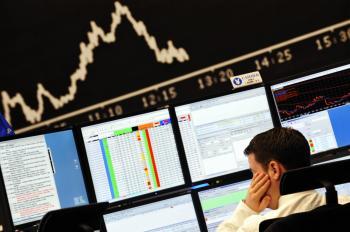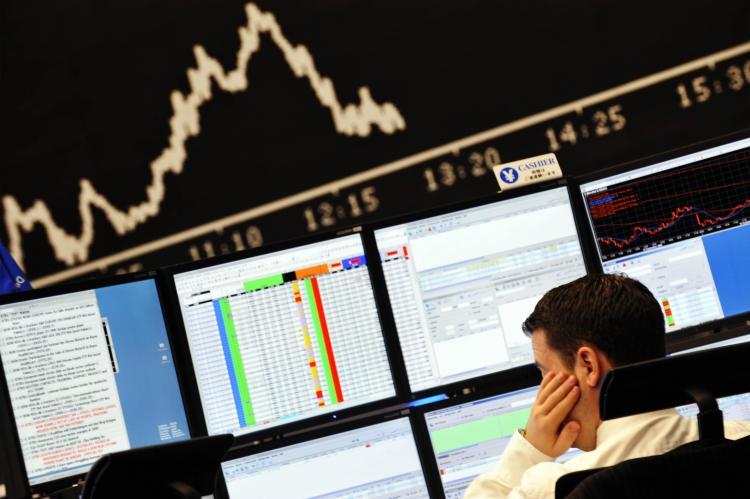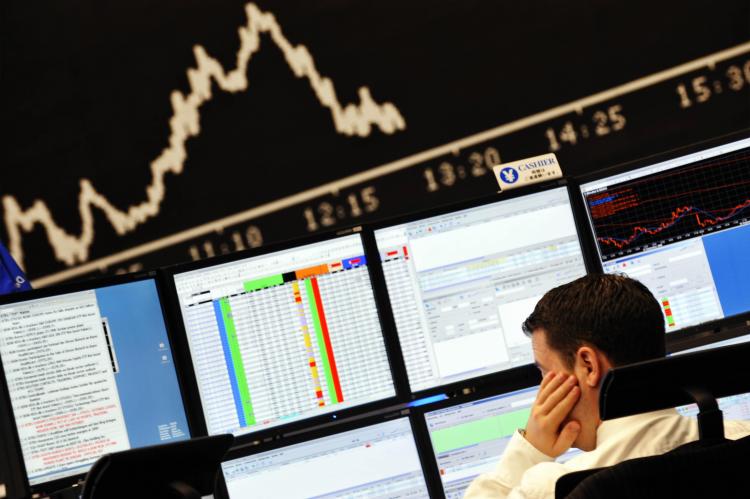WASHINGTON—Barclays PLC, U.K.’s third-largest bank, took a calculated approach before acquiring portions of Lehman Brothers after it had filed for bankruptcy.
By waiting until the last minute, Barclays kept its exposure to Lehman Brothers’ toxic assets at a minimum.
“We thought some months back that it was possible that this [Lehman’s bankruptcy filing] opportunity might arise, but we were clear that we would only be interested in pursuing it at the right price,” said Barclays Group CEO John Valey, in a release.
“The knowledge that the opportunity might arise also caused us to manage our exposures to Lehman Brothers and we have minimum exposure arising out of the bankruptcy,” Valey said.
In the purchase, Barclays took on trading assets of around $72 billion and trading liabilities of $68 billion while only shelling out $250 million in cash. The purchase included three buildings—Lehman’s Manhattan headquarters and its two data centers.
Barclays offered transitional employment to 10,000 Lehman Brothers employees, including management.
Rescuing A Distressed Wall Street
The U.S. government came to the rescue of distressed Wall Street players.
Yet, the federal bailout out of Bear Stearns, Federal National Mortgage Association (Fannie Mae), Federal Home Loan Mortgage Corporation (Freddie Mac), and American International Group (AIG) from declaring bankruptcy may not have stemmed the flood of bad debt from breaking down Wall Street.
University of Pennsylvania professors joined the rank of experts analyzing the credit debacle that spilled over to the rest of the world.
The Penn professors compare this credit crisis to “an ill-constructed levee, filled to the brim with bad debt and breaching under the pressure of massive over-leveraging,” in a series of articles published by Knowledge @ Wharton (KW), the publishing arm of the Penn’s business school.
What is most worrisome to the professors is the spillover effect of America’s credit problems to Europe. Small European banks may be hit the worst. Fortis Bank, an investment banking and insurance firm from Brussels, Belgium, saw its 2008 half-year revenues drop by 41 percent.
The experts are also concerned about two Swiss banks, UBS AG and Credit Suisse Group. The value of their combined assets is more than six times the GDP of Switzerland.
“If they have a big problem, the Swiss government cannot bail them out. And, if Swiss banks—traditionally conservative safe havens for international finance—hemorrhage, a cascade effect across the global markets could have implications that are impossible to assess,” said Franklin Allen, a professor at Wharton.
Scrutinizing the U.S. Credit Debacle
“Without this rescue (of Fannie, Freddie, and AIG), we would have had a far larger rescue on our hands. The banking system would have had to be rescued,” said Penn professor Susan M. Wachtel.
Many analysts are attempting to examine the federal government’s rationale.
How come it bailed out some but not others? Everyone agrees that the transparency of what actually happened over the past few weeks is totally lacking, leaving everyone guessing, and even the above statement by the Penn professor is mere conjecture.
First, the federal government threw $29 billion taxpayers funds into the coffers of JPMorgan Chase & Co. to sweeten its takeover deal of Bear Stearns, and then it put Fannie and Freddie under conservatorship and rescued AIG with an $85 billion loan.
“The government had no option but to keep Fannie Mae and Freddie Mac afloat. Mortgage-backed securities sold by the two firms are so widely held that to allow their prices to collapse would have caused a worldwide financial disaster,’ suggested the professors.
Also, there is a general consensus that the federal government had to bail out AIG, as it holds great significance in the credit default swap market. AIG sold insurance that protected against corporations that failed to pay their debts.
In the end, AIG’s shareholders are on the losing side, as the federal government will take about 80 percent of its net worth, which had dropped from $100 billion to little more than $1 billion.
What is abundantly clear from the professors’ discussion is that “the major investment banks were massively over-leveraged, laden with bad debt via convoluted products that allowed for increased securitization and dangerous off-balance-sheet trading.”
Many blame the Bush Administration, which fought against further regulation of the financial industry, suggesting that market forces and ethics would bring the right mix to the table and correct any imperfection.
As result, the federal government did not regulate or monitor insurers, bankers, lenders and other financial industry players in recent years.
What every analyst seems to agree on is that pure and unadulterated corporate and human greed is at the foundation of this credit meltdown. The common consensus is that going forward, only regulations and oversight will prevent a repeat of this credit crisis. At the same time, the industry needs to police itself better and prevent unsavory elements from taking over and overruling prudent risk management.
Searching the Past for Clues
In 2006, the Office of Federal Housing Enterprise Oversight (OFHEO), which had oversight of Fannie Mae and Freddie Mac, published a scathing report of the mortgage finance companies.
“Our examination found an environment where the ends justified the means. Senior management manipulated accounting, reaped maximum, undeserved bonuses, and prevented the rest of the world from knowing. They co-opted their internal auditors. They stonewalled OFHEO,” said James Lockhart, the director of OFHEO, according to a KW report.
The present crisis appears to parallel the problems within the accounting industry after Enron Corp.’s collapse.
“The entire accounting industry was at one time participating in ways to shelter income from taxes that either broke the law, or came close to it—until regulators finally cracked down,” suggested Thomas Donaldson, Wharton professor.
“All the problems were smoothed over by bonus money, lots and lots of it, based on individual performance,” said Peter Cappelli, management professor at Wharton. “Taking risks to achieve one’s individual targets, even if it puts others or the organization as a whole in danger, seemed acceptable.”






